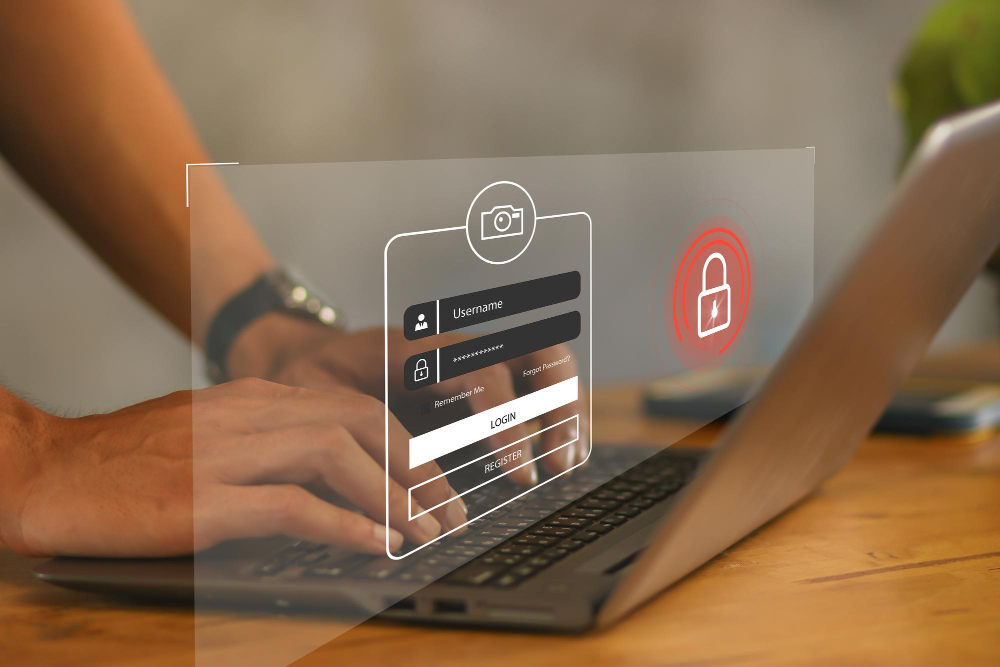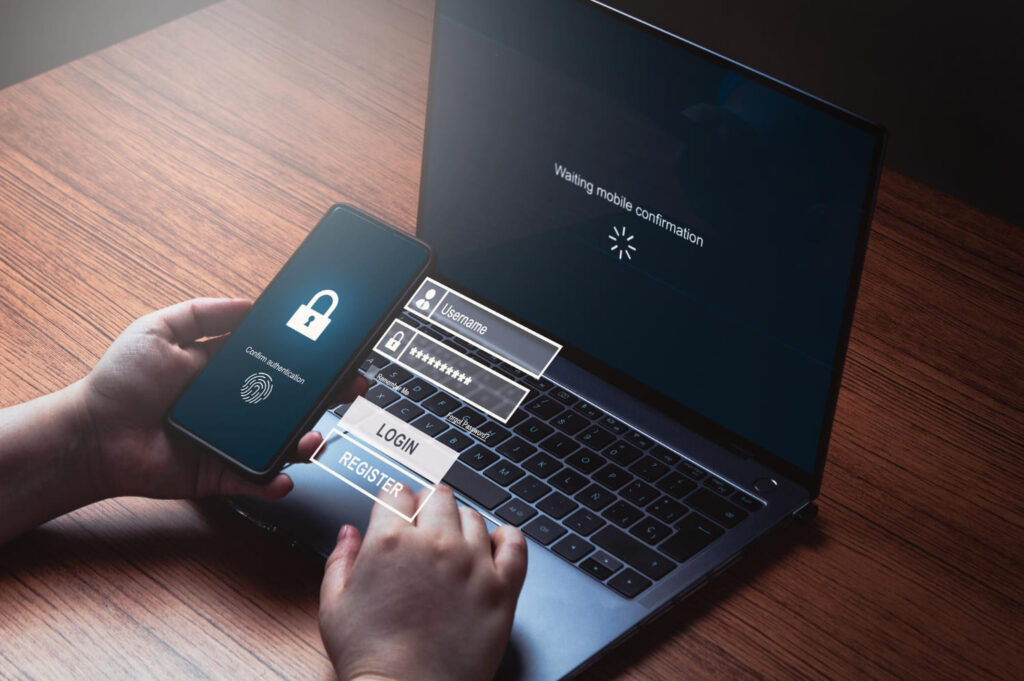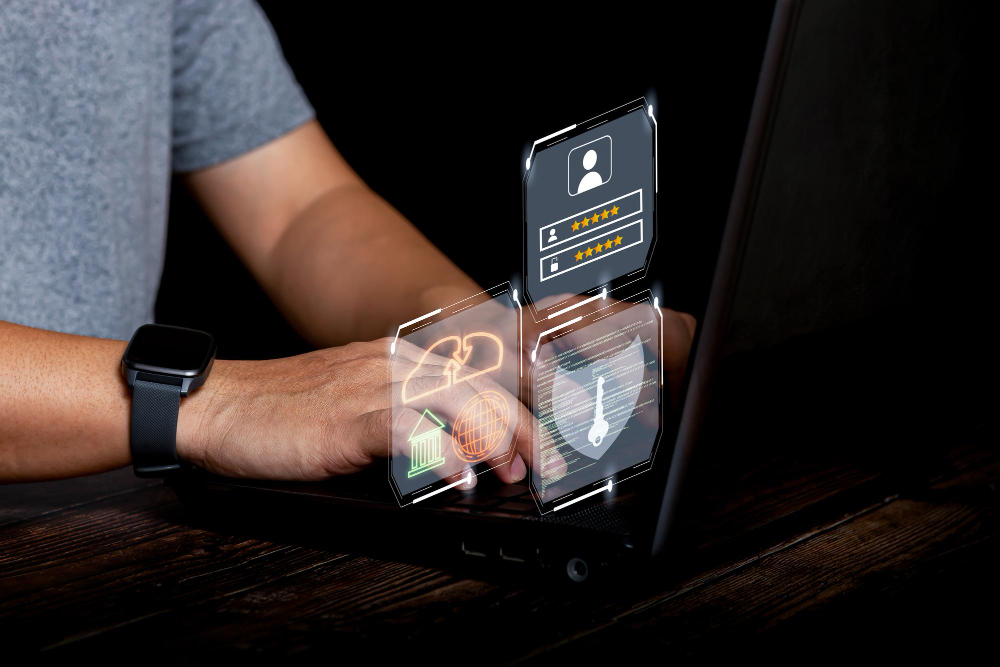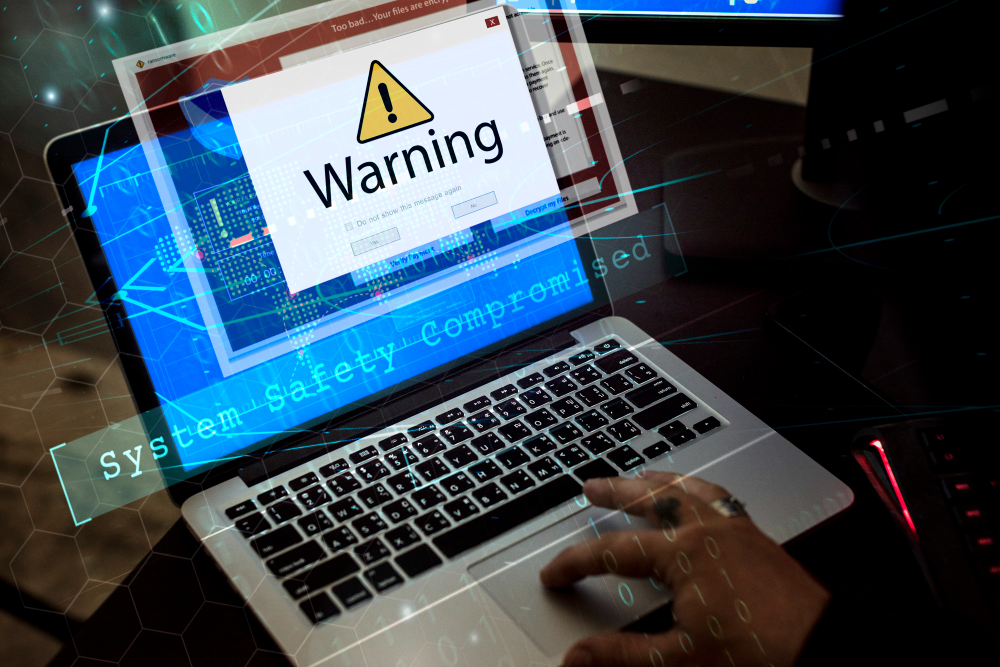Step into the world of cybersecurity, where every digital interaction becomes a battleground, and each login holds the potential for a breach. Robust system security is imperative in this landscape, and Single-Factor Authentication (SFA) emerges as one method to fortify it.
Single-factor authentication (SFA) is one such detail, often overlooked but crucial in digital security. Join us as we delve into the practicalities and importance of SFA in today’s security landscape.
Let’s go!
What is single-factor authentication (SFA)?

Single-factor authentication (SFA) is a method for securing access to a system, such as a website or network, by requiring users to provide only one form of identification or credential. This usually involves users entering one factor, like a username and password, to verify their identity.
While simple and easy to implement, Single-Factor Authentication (SFA) is considered less secure than Multi-Factor Authentication (MFA), specifically against brute force attacks, as it requires users to provide more than one form of identification. However, if implemented properly, SFA can be strong enough to resist light attacks.
How does SFA work?

Single-factor authentication (SFA) works by asking users for one way to prove who they are. Usually, this means entering a username, password, or PIN. The system checks if this information matches what’s stored in its records. If it matches, the user gets access. If not, they’re denied.
While SFA is easy to understand and implement, contributing to a better user experience, it is considered less secure than Multi-Factor Authentication (MFA) because an attacker only needs to know the password or PIN. That’s why it’s important for businesses to implement MFA, a practice adopted by 57% of businesses worldwide, to require users to provide multiple forms of identification for access.
Single-Factor Authentication vs Multi-Factor Authentication

Single-factor authentication (SFA) and multi-factor authentication (MFA) are two types of authentication used to confirm a user’s identity when accessing a system or application.
SFA is a type of authentication that relies on a single form of verification, like a password or PIN, to authenticate a user. While it’s easy to use, SFA is less secure than MFA because if someone gets the password, they can access the system without extra verification.
In contrast, MFA requires users to provide two or more forms of verification. These could be something they know (like a password), something they have (like a smartphone), or something they are (like a fingerprint). MFA adds a layer of security by requiring multiple verification forms, making it harder for unauthorized users to access the system.
To sum up, SFA is simpler but less secure than MFA, which adds extra verification steps to enhance security.
Single-Factor Authentication vs Two-Factor Authentication

Single-factor authentication (SFA) and two-factor authentication (2FA) are methods used to confirm a user’s identity when accessing a system or application. Both methods are types of authentication, but they differ in the number of verification steps required.
SFA relies on a single form of verification, typically a password or PIN, to authenticate a user. On the other hand, 2FA requires users to provide two forms of verification before granting access. These factors can include something the user knows (like a password) and something the user has (like a smartphone or security token). By requiring multiple forms of verification, 2FA provides an additional layer of security, making it more difficult for unauthorized users to gain access.
In summary, although SFA is easier to use, 2FA offers increased security by requiring an additional factor of verification.
Risks of Single-Factor Authentication

Single-factor authentication (SFA) provides a straightforward way to verify a user, but it poses significant risks because it relies on a single method for its authentication system. Here are some key vulnerabilities:
- Weak Passwords: Users might select easily guessable or weak passwords, making it simpler for attackers to gain unauthorized access.
- Password Reuse: Reusing passwords across different accounts increases the risk of compromise. This is why some people use password managers to reduce this risk.
- Phishing Attacks: Attackers exploit phishing emails or fraudulent websites to deceive users into revealing their passwords, bypassing the authentication process.
- Brute Force Attacks: Automated tools allow attackers to guess passwords, especially if they are weak or commonly used.
- Account Lockout: Some SFA systems lock users out after repeated failed login attempts, potentially denying legitimate users access.
Frequently Asked Questions
What is an example of single authentication?
An example of single-factor authentication is entering a password to access an online account. This method is widely used due to its simplicity and ease of implementation.
Is OTP single-factor authentication?
Indeed, an OTP (One-Time Password) constitutes a type of single-factor authentication. It hinges on something the user knows—the temporary password—to verify their identity. It’s usually sent to your email or phone number.
What is a single-factor OTP device?
A single-factor OTP device falls under the “something you have” category. These devices generate unique one-time passwords (OTPs) using cryptographic algorithms. Unlike time-based OTP devices that work on intervals, non-time-based OTP devices produce a single OTP with a button press.
Conclusion
Single-factor authentication (SFA) plays a crucial role in our digital defenses, even if it doesn’t always grab the spotlight. Think of it as the sturdy lock on your front door—it’s straightforward and reliable but not invincible.
While SFA offers a level of security, it’s essential to recognize its limitations and consider implementing additional layers of protection, such as Multi-Factor Authentication (MFA), for enhanced security.
To explore more about cybersecurity and how to strengthen your digital defenses, get in touch with Fluxgate today!
